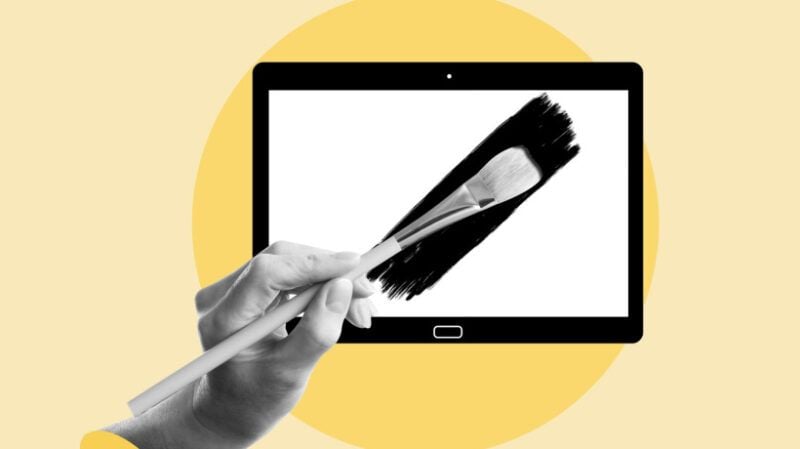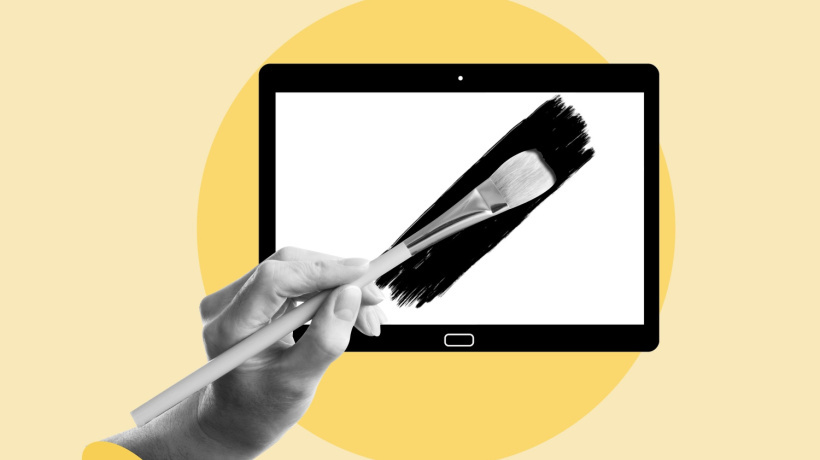
Why Instructional Designers Are Artists
Instructional Designers convert intellectual material into interesting, easy-to-understand, and effective online learning. This article follows up on the basic qualities, skills, and strategies lying behind the art of Instructional Design in the eLearning environment.
Deep down, it is really just the art of designing learning experiences such that individuals can easily absorb knowledge. Instructional Designers stand apart by transforming learning materials to suit the audience, objectives, and instructional methods. Rather than merely translating or digitizing content, they design entire learning courses to meet the unique needs of the learners.
Instructional Designers are considered architects of learning experiences. They need to select relevant tools and technologies, optimize the delivery methods, and present learning material that is informative and engaging. Instructional Design requires a blend of technical knowledge, creativity, and understanding of human behavior.
Mixing Science And Art In Instructional Design
Instructional Design is a science on the basis of the principles it applies—educational psychology, theories of learning, and principles of cognitive science. However, at the same time, it is equally an art where imagination and innovation are indispensable.
The Instructional Design process should always be described in the present tense while narrating a story that engages the learner and holds their attention throughout the course. One of the ways in which Instructional Designers can add a little touch to their work is by making the learning experience beautiful and interactive. Integrating multimedia elements, such as graphics, videos, and quizzes, enhances learner engagement by creating an interactive experience. The skill then lies in knowing how to include these elements in such a way that they complement the learning objectives rather than hindering the focus.
Learner-Centered Design: The Beat Of Effective eLearning
Instructional Designers will always need to have the learner at their heart. A well-designed eLearning course anticipates what the learners’ needs and preferences are going to be, modifying the content to make each learner’s experience align with their specific learning style.
Instructional Designers need to empathize with learners and understand their differences. Each learner may have different background knowledge and speed at which they absorb information. That is where the “expertise” really shines. A good Instructional Designer must be flexible and versatile in meeting a wide range of learning needs. For example, they should consider whether learners prefer learning through visuals, print, or audio. They should employ self-paced modules for learners who enjoy taking their time and provide fast-paced, interactive content for those who thrive on immediate feedback.
Instructional Design Models That Guide The Process
Designing an effective eLearning experience often relies on established models of design, such as ADDIE (Analysis, Design, Development, Implementation, and Evaluation), or the Successive Approximation Model, SAM. The structure is provided by these models, but it is in their adaptation that the creative input of the designer matches an individual project and, sometimes, an audience’s needs.
For instance, during the “Analysis” phase of the ADDIE model in operation, an Instructional Designer needs to identify who the learners are, what they need to know, and how best to communicate that. At this point, the skill of storytelling becomes relevant—designers need to conceptualize material with which learners can cognitively connect and emotionally empathize. Whether the students are corporate employees in compliance training or students in an online course, the Instructional Designer should make the learning experience meaningful and memorable.
Creating Relevant And Engaging Content: More Than Transmission Of Information
Engagement might be the most deciding factor whereby learners could learn and retain information in an eLearning environment. Instructional Designers would have to go beyond mere content presentation and make the content come alive. This happens by crafting a story that will allow them to grasp tougher topics better, as well as more compassionately.
One of the most used tools by Instructional Designers to increase engagement is gamification. Indeed, the inclusion of game elements like points, badges, and leaderboards really encourages learners to be engaged in their learning activities. However, even here lies a fine line between having fun and doing something frivolous. The art of Instructional Design lies in the use of these judiciously so that they support rather than overwhelm or distract learners.
Continuous Improvement: The Iterative Nature Of Instructional Design
Improvement is always possible, no matter how well an eLearning course is designed. Instructional Design is the process of iteration and therefore a good Instructional Designer continuously revises their work in response to feedback and learner performance. It requires both a scientific approach to analyzing data and an artistic ability to revise and adapt the content in creative ways.
As an example, after a course is deployed, the Instructional Designers can assess the completion rate, quiz scores, and learner feedback in areas where learners may be falling behind. They can then make changes in parts of the course to improve learner outcomes. This cycle of evaluation, design, and improvement distinguishes exceptional Instructional Designers from the rest.
Collaboration: The Hidden Key To Success
It very rarely happens in isolation. This is because Instructional Design requires close collaboration with Subject Matter Experts, graphic designers, developers, and all other stakeholders.
The role of an Instructional Designer is that of a bridge that marries everything together, from content and design to functionality, for proper design. Effective communication skills and being able to clearly articulate creative ideas are required for this process as well.
Conclusion
An effective Instructional Designer brings together art and technical know-how in eLearning through creativity, empathy, and knowing how to learn. Instructional Designers transform static information into engaging learning activities, where the act of Learning and Development is possible through the engagement, education, and inspiration of learners.
Instructional Designers blend the science of education theory with the heart of storytelling, multimedia design, and learner-centered thinking to build a bright and prosperous future of education and professional development.
In an age where online modes are taking over and eLearning opportunities become increasingly important, it is all the more crucial that the role of the Instructional Designer becomes even more significant. After all, it is in the hands of the Instructional Designer that crafting bright, effective learning experiences becomes the key to the full realization of online education options.

